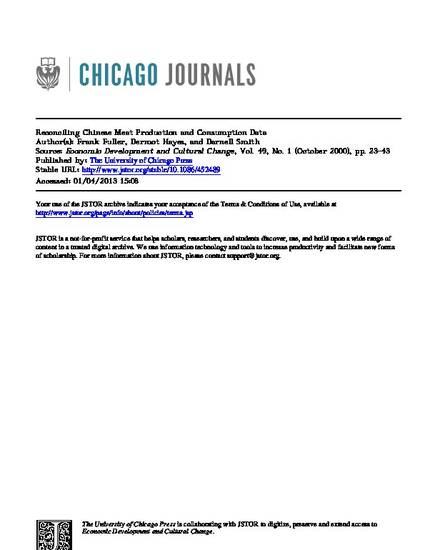
With more than one-fifth of the world’s population and only 7% of the world’s arable land, China has the potential to become a major importer of land-intensive products such as feed grains. This development would be of particular interest to the United States and Canada, which together, have more than 17% of the world’s arable land but only 5% of the world’s population. Per capita private consumption in China has been increasing at an average annual rate of 6.8% over the past decade. Given the low average income level in China, consumption of feedgrain-intensive products, such as meat, dairy products, and alcohol, can be expected to increase with continued income growth. These factors take on greater significance given the fact that China has applied to join the World Trade Organization and trade liberalization may soon occur. Use of grain-intensive products should increase if China liberalizes its agricultural markets, and China should eventually reverse the current trade situation and begin to import large quantities of feed grains and meats. The combination of these observations has stimulated interest in China’s agricultural data, and the research and policy prescriptions based on these data are greatly affected by the data’s quality.
Available at: http://works.bepress.com/dermot_hayes/11/

This article is from Economic Development and Cultural Change 59, no. 1 (October 2000): 23–43, doi:10.1086/452489.